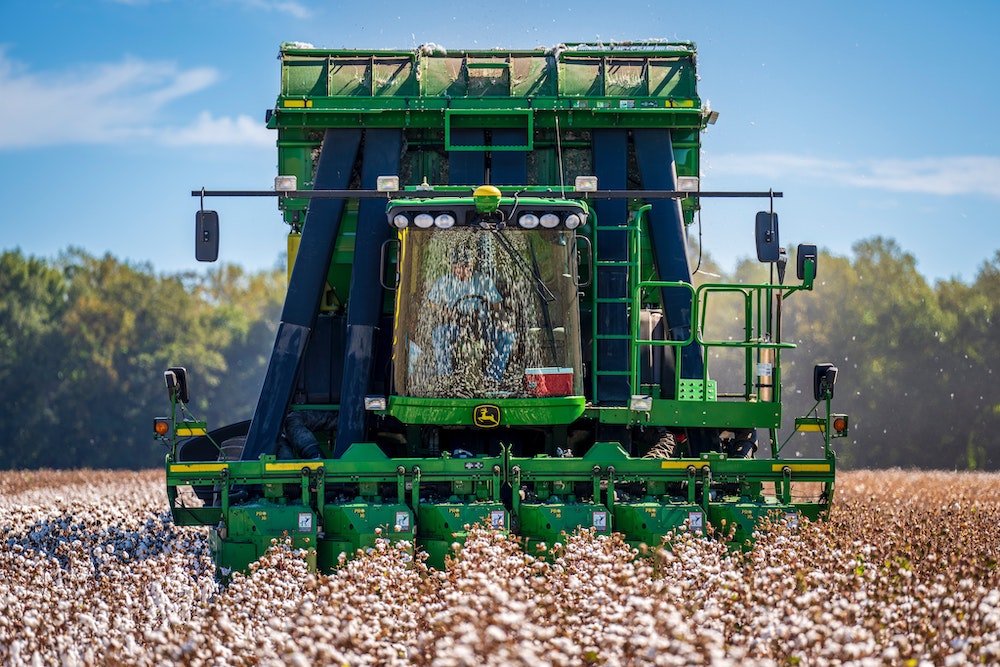Hello there! Are you curious about organic fabrics? You've come to the right place! Organic fabrics are gaining popularity due to their eco-friendly and sustainable nature. They are becoming a top choice for those who care about the environment and want to make conscious choices in their clothing and home textile purchases. In this blog post, we'll delve into what makes fabric "organic" and why it's worth considering for your wardrobe and home.
So, what exactly makes a fabric "organic"? In a nutshell, organic fabrics are made from fibers that are grown without the use of synthetic chemicals such as pesticides, herbicides, and fertilizers. Instead, organic farmers use natural methods like crop rotation, composting, and biological pest control to maintain soil fertility, manage pests, and promote biodiversity. This not only helps protect the environment but also promotes healthier working conditions for farmers and promotes sustainable agricultural practices.
One of the most commonly used organic fibers in fabrics is organic cotton. Organic cotton is grown from non-genetically modified (GM) seeds, without the use of chemical fertilizers or pesticides. According to the Organic Trade Association, organic cotton production relies on natural methods such as crop rotation, mechanical weed control, and biological pest control to maintain soil health and reduce the impact on the environment [1]. The absence of synthetic chemicals in organic cotton farming also protects the health and well-being of cotton farmers, who are often exposed to harmful chemicals in conventional cotton farming [2].
In addition to organic cotton, other organic fibers commonly used in fabrics include organic hemp, organic bamboo (read more about bamboo and why we don't recommend it here), and organic linen. These fibers are also grown using natural methods without the use of synthetic chemicals, making them a sustainable and environmentally-friendly choice.
Organic fabrics not only benefit the environment and farmers, but they also have advantages for consumers. One of the significant benefits is that organic fabrics are often softer and hypoallergenic compared to conventional fabrics. This is because they are free from harmful chemicals and residues that may cause skin irritations or allergies. Organic fabrics are also often more breathable, which can help regulate body temperature and provide better comfort, especially in warmer climates or during physical activities.
In addition to being good for the environment and consumers, supporting organic fabrics also promotes fair trade and social responsibility. Many organic fabric producers adhere to fair trade practices, which ensure that farmers and workers receive fair wages and safe working conditions. This helps to empower and support local communities, and promotes ethical and sustainable supply chains.
In conclusion, organic fabrics are a great choice for those who are looking for environmentally-friendly, sustainable, and socially responsible options for their clothing and home textiles. By choosing organic fabrics, you can contribute to protecting the environment, supporting farmers and workers, and promoting healthier and more sustainable practices in the textile industry. So, go ahead and explore the world of organic fabrics - your planet, your body, and your conscience will thank you!
Citations:
- Organic Trade Association. (n.d.). Organic Cotton. Retrieved from https://ota.com/organic-cotton
- Greenpeace. (2014). Toxic Threads: The Big Fashion Stitch-Up. Retrieved from https://storage.googleapis.com/planet4-international-stateless/2018/10/2ae2fc1d-greenpeace-toxic-threads-report.pdf.

